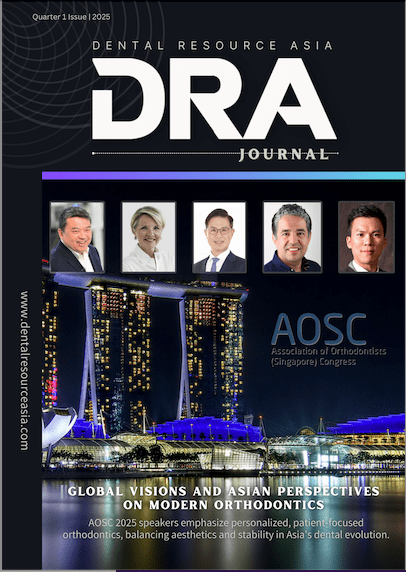Key Takeaways:
- The Cambodian Dental Council confirms the death of a woman was caused by a congenital disease, not braces.
- The congenital condition identified was systemic lupus erythematosus, which compromises the immune system.
- A severe infection (sepsis) led to respiratory and organ failure, according to hospital reports.
- The Council urges responsible sharing of information on social media to prevent misinformation.
- Patient safety and professional standards remain a top priority for the dental community.
Addressing Misinformation Surrounding the Case
CAMBODIA: The Cambodian Dental Council has released an official statement clarifying that the recent death of a young woman in Cambodia was not linked to her use of orthodontic braces, as widely speculated on social media. Following numerous posts attributing her passing to complications from braces, the Council sought to dispel these claims by providing insights into the actual cause of death.
In its statement, the Council emphasized, “Recently, the Cambodian Dental Council has noticed a series of publications on social media about the death of a woman, with those posts linked the cause of death to the wearing of braces.” The clarification came after thorough collaboration with relevant authorities to investigate the circumstances surrounding the case.
The Council also expressed condolences to the family, stating, “The members of Cambodian Dental Council express our deepest condolences to the deceased’s family and pray for the departed soul to rest in peace.” This acknowledgment underscores their commitment to addressing the situation with care and sensitivity.
Uncovering the Medical Cause of Death
According to preliminary findings shared by the Council, the woman’s death was attributed to systemic lupus erythematosus, a congenital disease that affects the immune system. This condition made her highly susceptible to infections, which ultimately proved fatal.
The investigation revealed that the patient had been hospitalized at a national hospital in Phnom Penh due to a severe infection known as sepsis. As noted in the statement, “According to the diagnosis of hospitalization at a national hospital in Phnom Penh, the patient has a severe infection (severe sepsis) that strongly affects the respiratory system as well as other organs.”
Sepsis is a life-threatening condition triggered by the body’s overwhelming response to infection, often leading to organ failure. In this case, the pre-existing immune-compromised state of the patient exacerbated the severity of the infection, making it unrelated to any dental procedures or appliances like braces.
A Call for Responsible Social Media Practices
The Cambodian Dental Council took the opportunity to highlight the dangers of spreading unverified information online. In their statement, they urged the public to exercise caution when sharing medical-related content on social platforms.
“Therefore, the Cambodian Dental Council calls on the public to kindly evaluate social media sources and promote further information in a high responsible manner in order to avoid intimidating other patients and harming the dignity of the dental profession,” the Council stated.
This appeal comes amid growing concerns over how misinformation can influence public perception and trust in healthcare professionals. By encouraging accountability in disseminating news, the Council aims to protect both patients and practitioners from undue harm.
Commitment to Upholding Professional Standards
Reaffirming their dedication to patient welfare, the Council reiterated that safeguarding the health and safety of individuals remains their primary focus. They assured the public that all dental professionals are expected to adhere to established regulations and standards.
“The Cambodian Dental Council always puts the safety of patients and people’s welfare as the top priority and is committed to ensuring that dental professionals carry out their work in accordance with proper dental professional limits, regulations and standards,” the statement concluded.
This reaffirmation serves as a reminder of the importance of maintaining transparency and accountability within the dental field. It also underscores the need for continued education among both professionals and the public to foster better understanding and trust.
The information and viewpoints presented in the above news piece or article do not necessarily reflect the official stance or policy of Dental Resource Asia or the DRA Journal. While we strive to ensure the accuracy of our content, Dental Resource Asia (DRA) or DRA Journal cannot guarantee the constant correctness, comprehensiveness, or timeliness of all the information contained within this website or journal.
Please be aware that all product details, product specifications, and data on this website or journal may be modified without prior notice in order to enhance reliability, functionality, design, or for other reasons.
The content contributed by our bloggers or authors represents their personal opinions and is not intended to defame or discredit any religion, ethnic group, club, organisation, company, individual, or any entity or individual.

